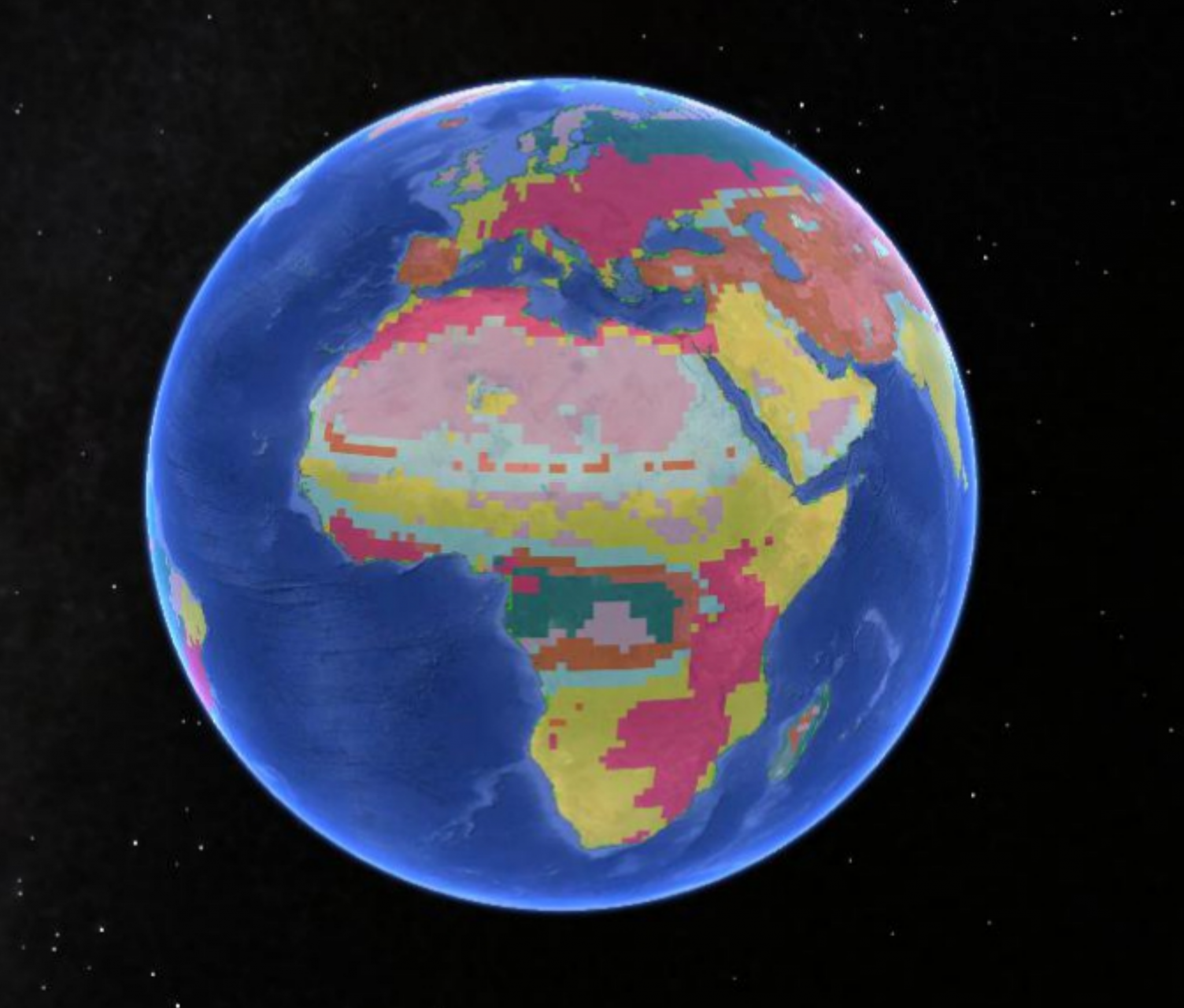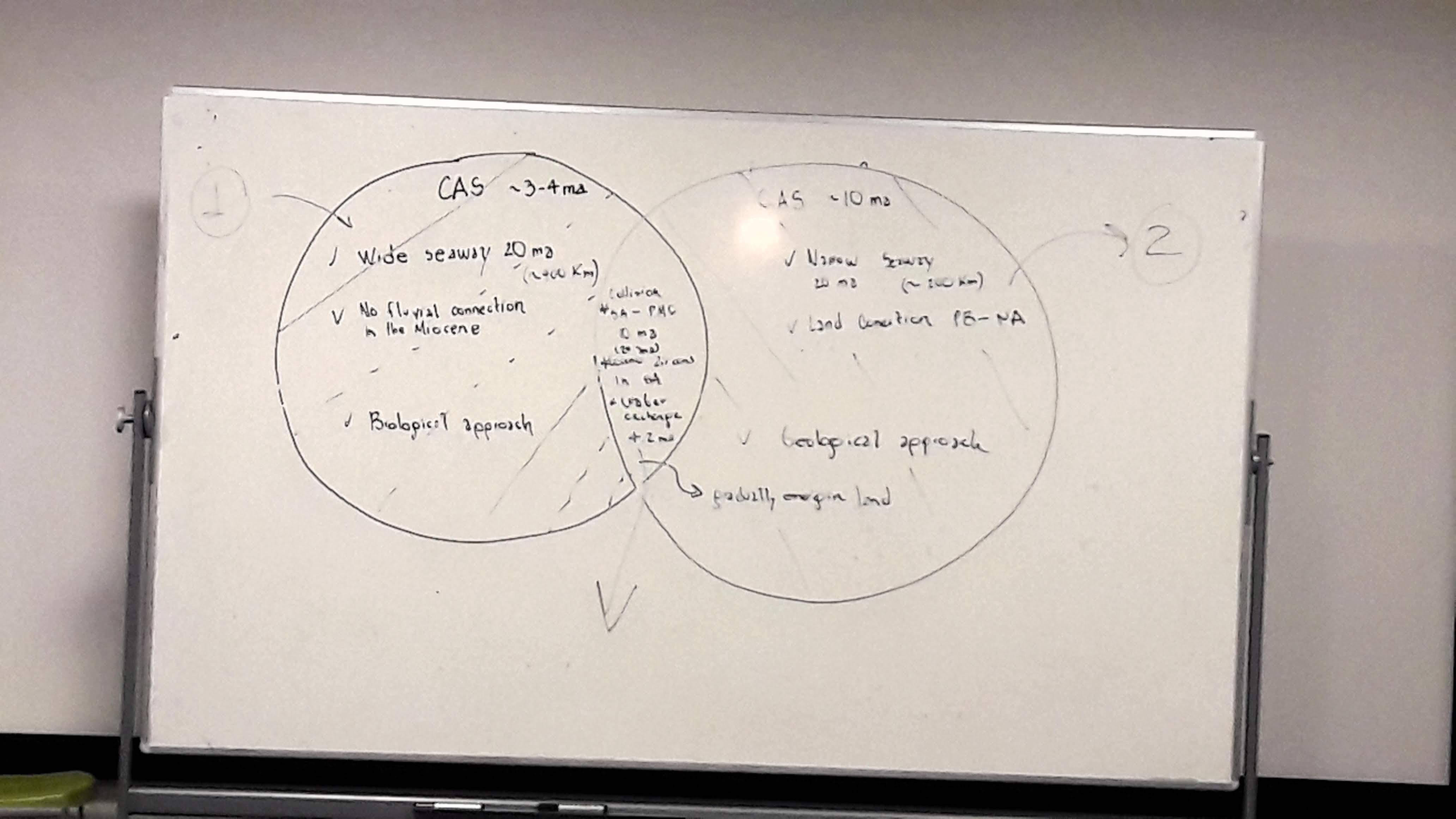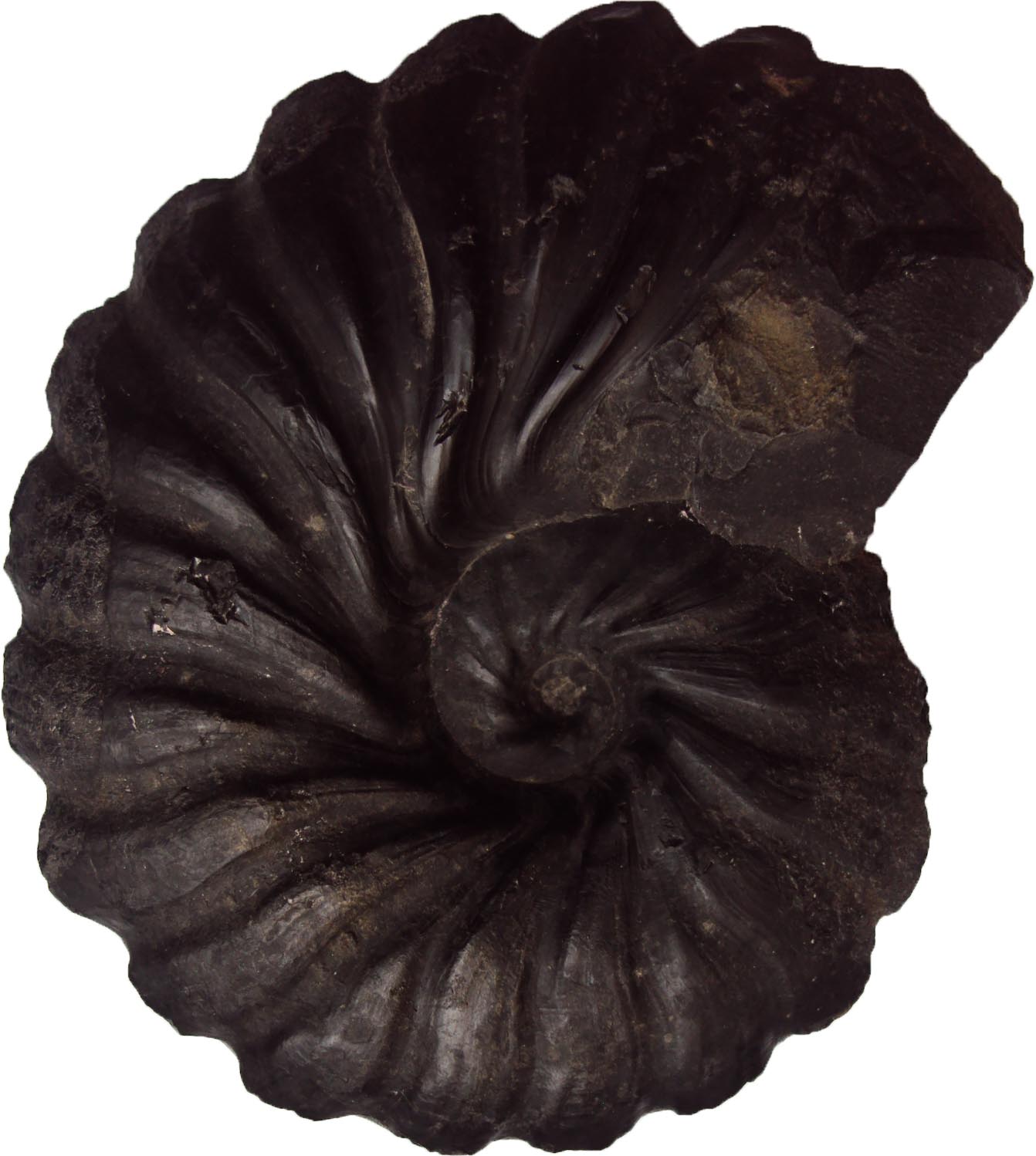Gradual changes triggered historical shift in marine fauna
Gradual changes triggered historical shift in marine fauna Large asteroids or comets hitting Earth, massive volcanic eruptions and other single, deadly events are usually the focus for scientists seeking to reconstruct Earth’s past mass extinctions. In a new study, researchers from Umeå University and the University of Florida instead uncovered a [...]





